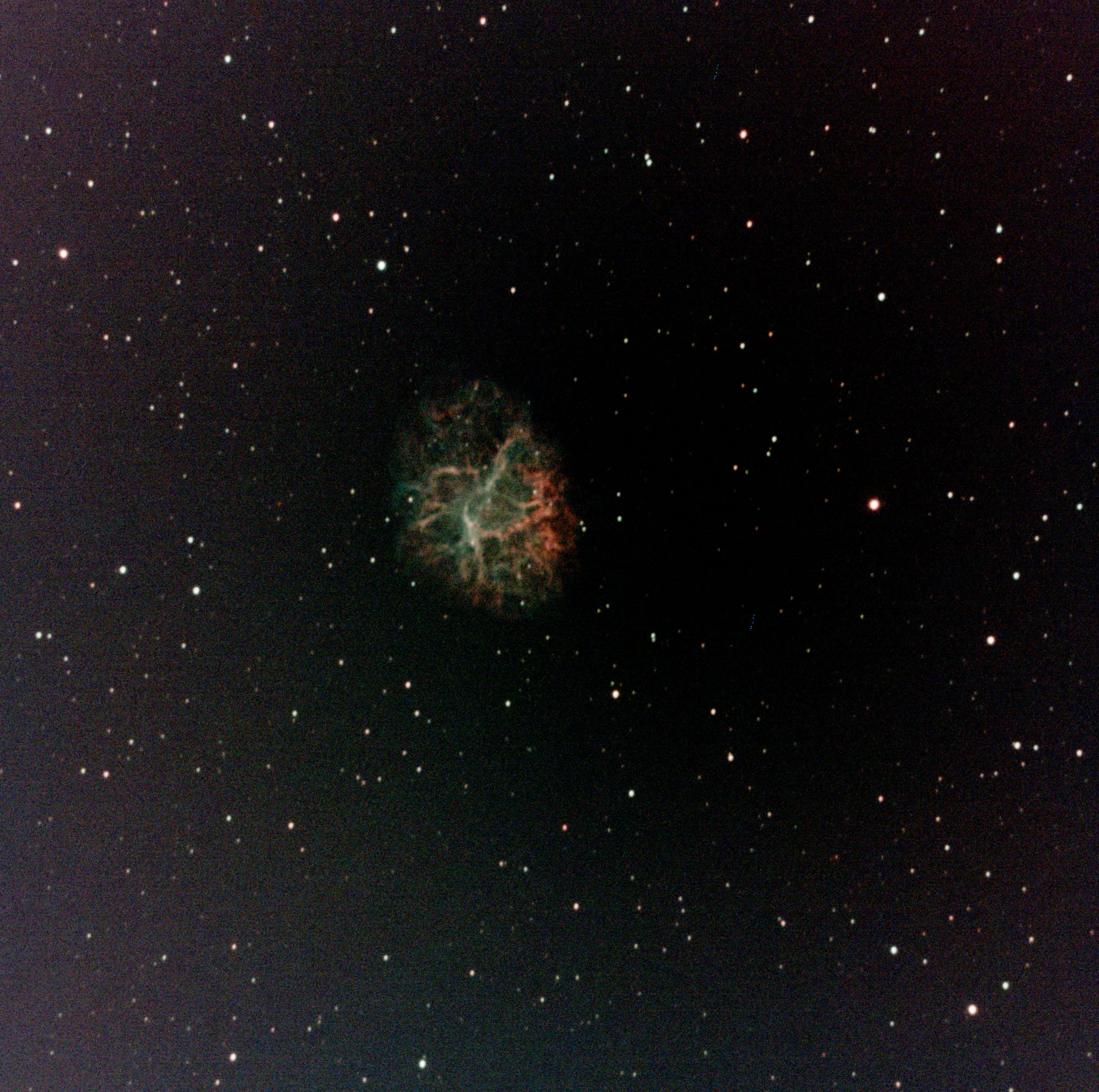I recently purchased the Moon & Skyglow Light Pollution Reduction Filter from Optolong

and I have to say I was really impressed with it. I have some expensive filters and I wasn't expecting much from this $40 option. Once I started using it I was surprised to find out it was giving comparable views to my UHC and L-Extreme filters on some Nebulae. I was able to actually see the Horsehead Nebula which I haven't been able to see without the UHC or L-Extreme filters. Both of those filters are great but they both add a lot of red to the image, especially the L-Extreme. The Moon and Skyglow retains some of the natural colors especially around the starry regions and the Flame Nebula as you can see in this wide-field shot of Orion's belt. It seems to work similar to a UV/IR cut filter with a bit of what the UHC does on nebulae mixed in. I have been just leaving it in whenever I do my EAA sessions.
If you only buy one filter this one is definitely one to consider. Although you should buy two filters. An ND filter for the Moon is a must have. That being said, I have found the following filters to be the most useful in my collection.
UHC - EAA on Emission and Planetary Nebulae. Sometimes visually I may use this filter to pop out some planetary nebulae like NGC7009 (The Saturn Nebula) through my light polluted skies.
L-Extreme - EAA on Emission and Planetary Nebulae. This one really brings out the details in the Crab Nebula (M1) as detailed in this shot.

Contrast Booster - Visual on Planets and the Moon. It's a subtle effect and doesn't add too much colorization to the view.
ND - Visual and Photography on the Moon. A must have.
Salmon 85 - Visual on Saturn and Jupiter and sometimes the Moon. I like this one because it's subtle and doesn't colorize the view too much like the contrast booster.